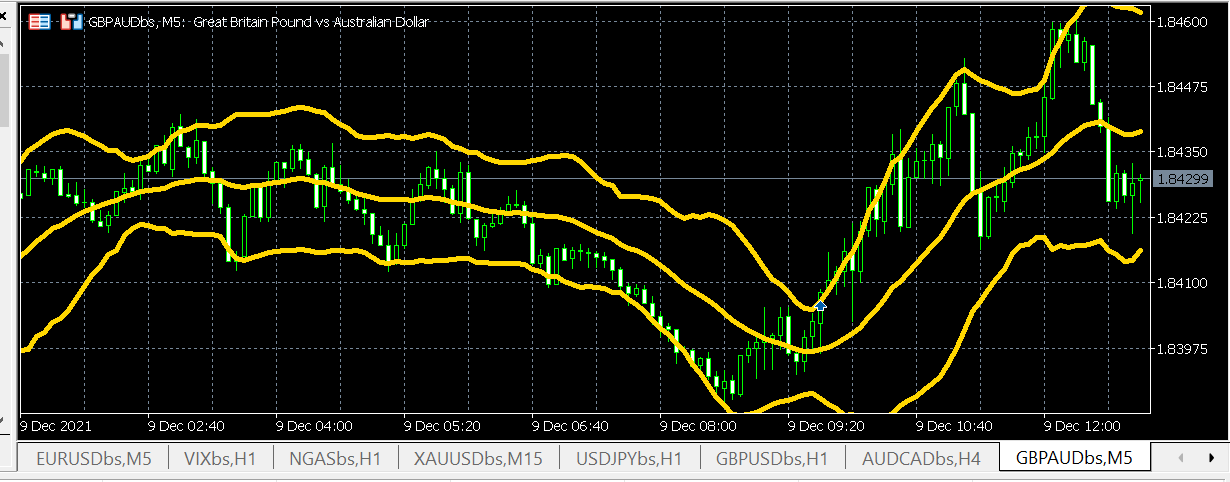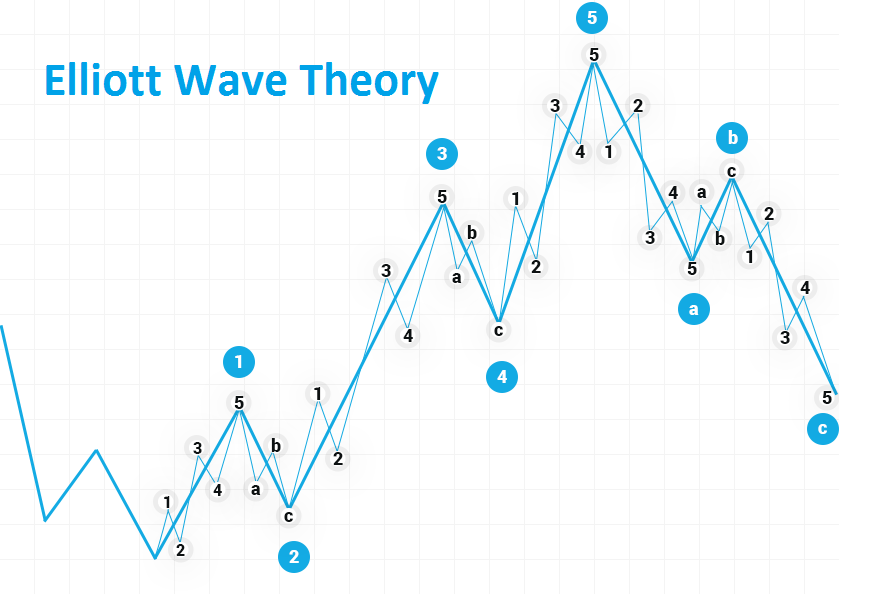Bollinger Bands
Bollinger Bands
Bollinger bands are a type of price envelope developed by John Bollinger. Opens in a new window. (Price envelopes define the upper and lower price range levels.) Bollinger bands are engulfing drawn at one standard deviation level above and below a simple moving average price. Since band spacing is based on standard deviation, they adapt to fluctuations in underlying price volatility. Bollinger bands use 2 parameters, period and standard deviations. The default values are 20 for the period and 2 for the standard deviations, although you can customize the combinations. Bollinger bands help determine whether prices are high or low on a relative basis. They are used in pairs, in the upper and lower bands, and in conjunction with a moving average. Also, the ribbon pair is not designed to be used alone. Use pair to confirm signals with other indicators.
History
Bollinger Bands (BB) were created by financial trader, analyst and professor John Bollinger in the early 1980s. The indicator responded to the need to visualize changes in volatility, which of course are dynamic, but at the moment of the creation of the Bollinger Band. volatility was considered static.
The basics
The Bollinger Bands indicator is an oscillator, which means that it trades between or within a defined range of numbers or parameters. As mentioned above, the standard setup for Bollinger Bands is a 20-day period with 2-step standard deviations of the price above and below the SMA line. Essentially, Bollinger Bands are a way to measure and visualize volatility. As volatility increases, the bands widen. Also, the spread between the bands narrows as volatility decreases. What happens to this information depends on the trader, but there are a few different patterns to watch out for when using Bollinger Bands.
Two types of Bollinger band cases.
The Squeeze
The Squeeze is the core concept of Bollinger Bands®. When the bands approach and narrow the moving average, this is called a contraction. A contraction indicates a period of low volatility and is seen by traders as a potential sign of higher future volatility and potential trading opportunities. On the contrary, the more the bands are separated, the greater the probability of a decrease in volatility and the greater the probability of exiting a trade. However, these conditions are not trade signals. The bands do not give any indication as to when the change may take place or in which direction the price may move.
Breakouts
About 90% of the price movement occurs between the two bands. Any tear above or below the ligaments is a major event. The breakout is not a trade signal. The mistake most people make is believing that a price that meets or exceeds one of the bands is a signal to buy or sell. Breakouts do not provide any indication of the direction and extent of future price movements read more.



Comments
Post a Comment